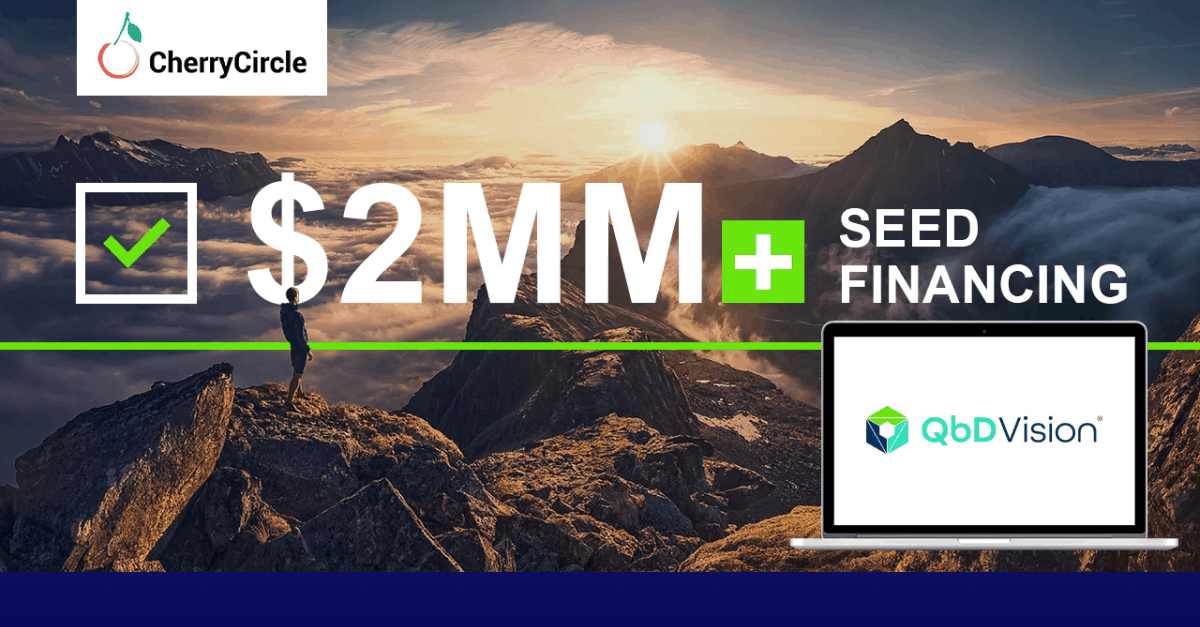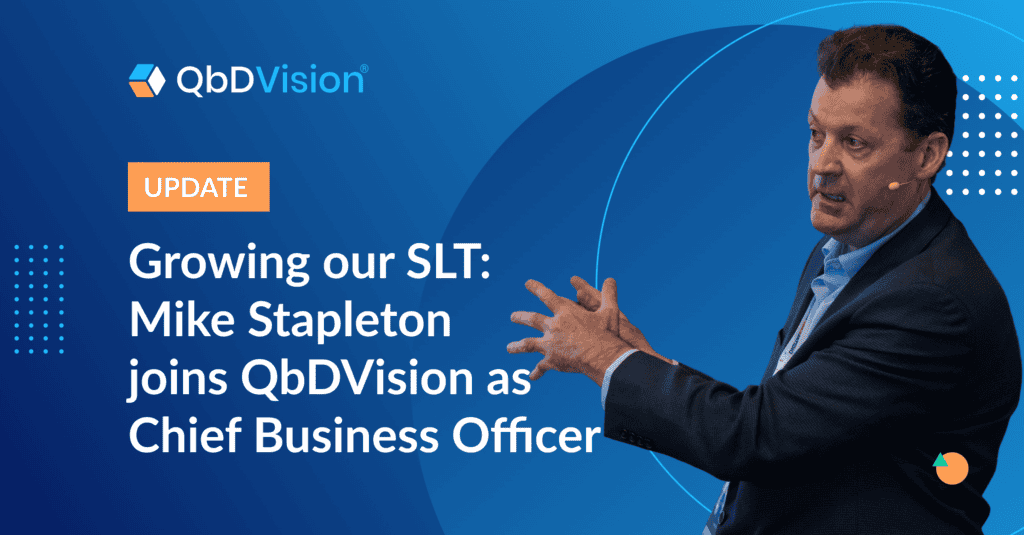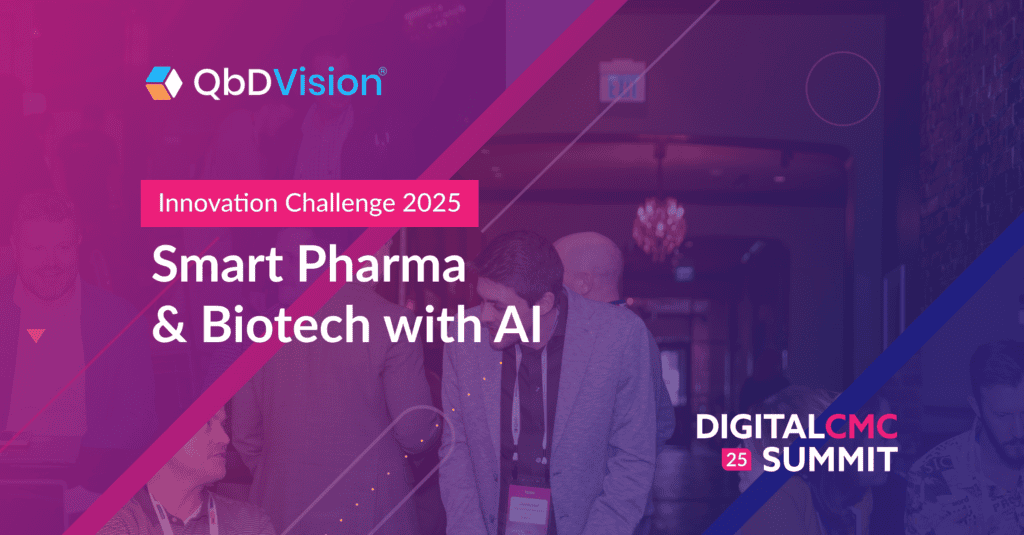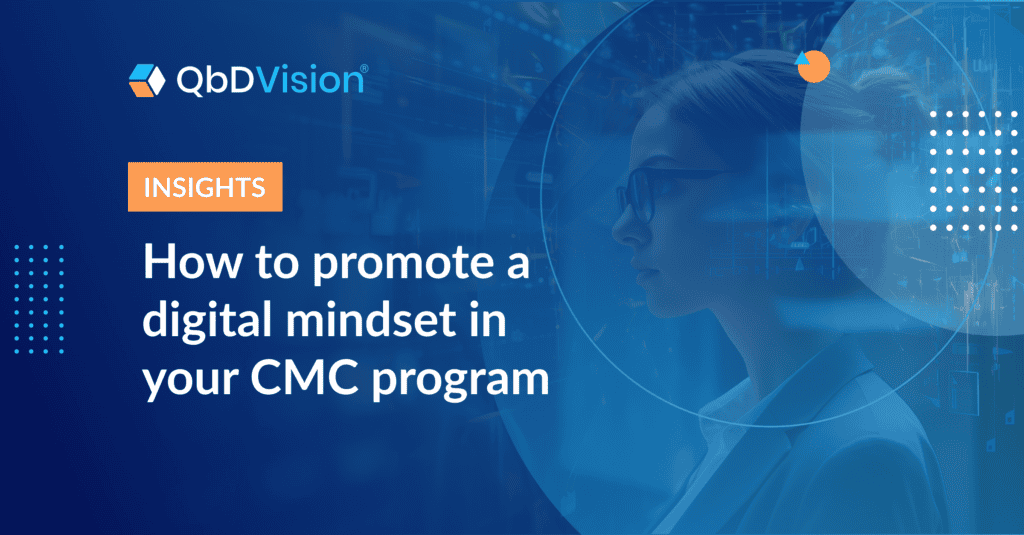Yes indeed, CherryCircle just knocked out a $2MM additional round of seed financing.
While what we do is critical to drug development’s long-term success, alas, we know that talking about manufacturing to the press is about as exciting as reading through a regulatory docket.
But, closing a financing round, especially in today’s wacky environment, is something to celebrate, don’t you think?
So, following the trailblazing tact of eschewing traditional releases from our fellow Austinites at Decent, we’re using this space to talk plainly about our raise and about what we do. We are all stuck in home offices while kids climb on us during Zoom calls, so let’s have some fun and use 2020 as the excuse to ignore the formality.
Another Notch In CherryCircle’s Fundraising Belt
$2 million in additional seed funding. Or, if you want to be specific, according to our Form-D, it’s $2,108,647.30. That, combined with our last raise, brings our total fundraising to around $4.6M
That’s right. Not only did we close this round, but it was oversubscribed! Wait. What? While this wasn’t as big as a federal stimulus package, it was definitely bigger than your average PPP loan.
We have two new major investors: S3 Ventures and Wanxiang Healthcare Investments. We have follow-on investments from ATX Venture Partners, Hudson Park Capital, and Cartmell Ventures. And, of course, the continuous and tremendous support of our friends and family who have backed us financially (and emotionally) since inception.
This round marks a turning point where, for the first time, institutional capital (e.g., VC funds) exceeds friends and family.
Let’s hear what our new all-star investors from S3 have to say. Eric, your thoughts?
“When we met CherryCircle, it was immediately clear that the co-founders, Yash Sabharwal and Ryan Shillington, had assembled the kind of team you really need to tackle a high-stakes problem in a highly technical and regulated industry like Pharma. With this team, they have built a compelling solution to advance urgent changes in a critical industry.”
Eric Engineer, Partner, S3 Ventures
And the Foxhole Award Goes To…
We are excited to have these investor groups participating, and many for the second time (thank you again, ATX VP).
But, we need a special shout out to our director, Emma Cartmell, for jumping into the trenches with us to get this round done. She is the connective tissue that helped bring this round together. When it comes time to get busy, you want board members that will get into the foxhole with you, and she did exactly that to help us get this round closed in the midst of a global pandemic.
OK. Great! But I’m Sorry. Who Are You?

Great question. Hang on.
The pharma and biotech industries are currently in the middle of a renaissance period as they develop genuinely innovative therapies to treat the most challenging diseases. It’s pretty cool. What’s happening with the COVID vaccine race is an excellent display of these capabilities on steroids (the good kind that doesn’t require ventilation).
The new modalities of cell and gene therapies produce sci-fi style treatments where we train our own immune system to attack cancer cells, develop monoclonal antibodies to treat a myriad of auto-immune diseases, and now employ the machinery of RNA and DNA to develop vaccines in record time.
However, the biology of these new modalities is very complex, and so are the steps used to manufacture these therapies.
As these treatments get more personalized and specific to diseases, the manufacturing volumes are getting smaller, and the number of runs more frequent. These realities all come together to elongate the development timelines that often last 8-12 years to get a new treatment to patients.
So, today’s manufacturer needs to deal with more complexity, at a smaller scale (less ROI or room for mistakes), and faster turnaround times. Great.
Do More, With Less: A Familiar Tune
You might think that with such exquisite technologies being used to develop the latest therapies that the pharma/biotech industry would be well underway with its digital transformation efforts, especially as it relates to manufacturing.
Well, you would be wrong, but we forgive you.
As companies move through their manufacturing development lifecycle to learn how to make these new drugs, they predominantly use paper to document their information. That’s right, you know, the ~2000-year-old technology that comes from trees. The “more advanced” ones use the modern equivalent of that, which are Word docs turned into PDFs. The manufacturing data and information generated over multiple years of manufacturing development is primarily stored as documents, spreadsheets, flowcharts, emails, etc.

Imagine trying to look up that restaurant you went to last year, but instead of going online and searching your credit card transactions, you had to dig through a filing cabinet of individual paper statements. Now try to make a graph of your annual spending. Good luck with that.
And it gets worse. These PDFs and all of the other information are stored in multiple different systems, software solutions, and in numerous other locations.
For this problem, we’re not just talking about start-ups. Even big companies still rely on Microsoft Office for their institutional knowledge.
A 2018 McKinsey study found that out of nine major industrial sectors, the pharma industry’s digital maturity came in at number 8, only better than the public sector. This stat certainly contributes to the long development timelines and recent high profile regulatory rejections because of manufacturing issues.
By the way, talk about a security nightmare!
Ok, maybe you didn’t want to know how the proverbial sausage gets made. Or, maybe that experience is all too real. We know, and that is why we have built the QbDVision® software platform: to fix a broken system.
Chris Shonk, one of our esteemed investors from ATX Venture Partners, says it best.
“Never has there been a more urgent time for drug development companies to harness the innovation and modern production processes that have brought exponential efficiency and quality control to the manufacturing world. QbDVision is the first-mover and thought leader elevating the entire pharmaceutical & biotechnology to a new standard of excellence the industry has yet to harness.”
Chris Shonk, Partner, ATX Venture Partners
Good news. Change Is Coming.
QbDVision is the first comprehensive, cloud-based, structured software solution designed specifically for the pharma/biotech industry to allow users to aggregate, organize, contextualize, and track their process development information in accordance with international regulatory requirements.
Yes, that was a mouthful.
Once the information is in our structured repository, it opens a new world of visualization and analytical tools to help you make smarter decisions about your process. Over time, this leads to real process intelligence and understanding which unlocks the next level of the game, prediction. Are we talking about AI/ML? Yes, but there is a lot we can do before we have to deploy AI/ML. Imagine building a visual map of how the inputs to your process affect your outputs and tracing them all the way to the final product. Add a visual layer of risk to the map where each input gets color-coded based on the risk level. Now you can trace and predict how the variability of all your inputs will affect an output before you run your manufacturing process. Genius!
When you can see what you are doing, you are less prone to make mistakes. If something does go wrong, you can quickly diagnose it and make adjustments. . And, if you have unlocked the prediction level, then you can figure it out before it goes wrong, which will save everyone a lot of time and money.
The Industry 4.0 revolution underway in other sectors is making its way to pharma/biotech, and we are playing a big role.
No Time To Sit Back
Since its inception, CherryCircle has been leading the conversation around knowledge management, risk management, and quality management for the pharma/biotech industry.
Our fancy, new financing round is just what we needed to accelerate our efforts around sales, marketing, product development, customer education, and thought leadership.
While others are running in circles with blockchain technology and AI/ML, we know that the industry has to learn to walk before it can run with respect to digital transformation. This is especially true for the development of more complex manufacturing processes.
Stay tuned to this bat channel.
Shameless plug: we’ll be a guest on the “Rock Stars of R&D” from the 20/15 Visioneers on Oct 28. Come and listen to the future.



























































